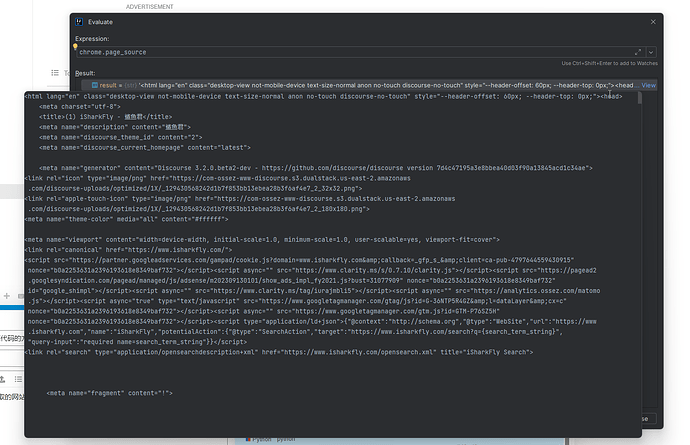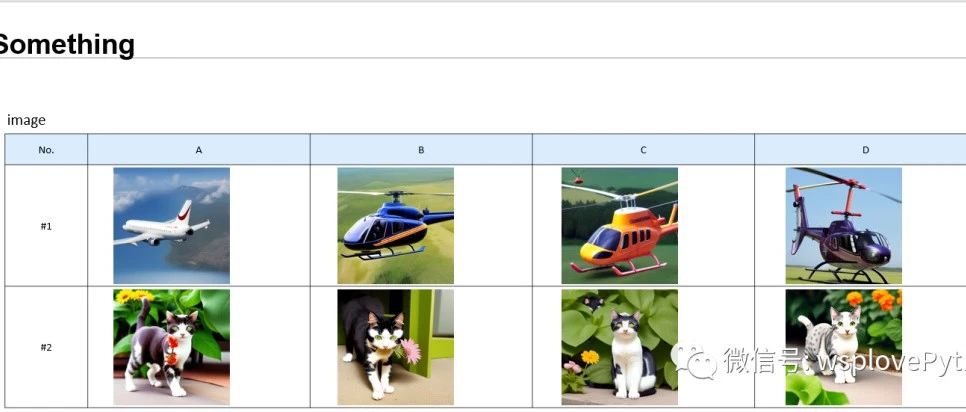为KendoUI ListView创建自定义模板
为KendoUI ListView创建自定义模板
提问于 2013-04-15 12:43:38
我想为ListView创建一个自定义模板(我在ListView中显示产品eShop )。我写了这段代码:
<script type="text/x-kendo-tmpl" id="template">
<div class="item">
<div class="image">
<a href='@Url.Action("GetDetails", "Products", routeValues: new {id =${ProductID}} )' target='_blank' class='pimg'>
<img src="${ProductThumbnailImageUrl}" alt=" ${ProductTitle}"/>
</a>
<div class="price"> ${kendo.toString(ProductPrice, "n0")} </div>
<div class="name">
</div>
<div class="description_featured" style="min-height: 110px;">
${ProductDescription}
</div>
</div>
</div>
</script>
@(Html.Kendo().ListView(Model)
.Name("listView")
.TagName("div")
.ClientTemplateId("template")
.DataSource(dataSource =>
{
dataSource.Read(read => read.Action("Products_Read", "Products"));
dataSource.PageSize(12);
dataSource.ServerOperation(false);
})
.Pageable()
)我在new {id = ${ProductTitle}}上得到一个错误。
回答 1
Stack Overflow用户
回答已采纳
发布于 2013-04-15 14:37:26
这就是你使用模板的方式。这是我最近在我的网站上使用的一个模板。
<script type="text/x-kendo-tmpl" id="template">
<div class="product">
<img src='http://cdn.rbgx.net/images/skybazaar/products/medium/${ImageFileName}' alt="${Name} image" />
<div class="productDeatails">
<h3>#:Name#</h3>
# if (EntityType == 2) { #
Click to see products of this category
# } else if(EntityType == 1) { #
# if(parseFloat(SalePrice) > 0 && parseFloat(SalePrice) < parseFloat(Price)) { #
Sale Price #: kendo.toString(SalePrice, "c")#
# } else { #
Price #: kendo.toString(Price, "c")#
# } #
# } #
</div>
</div>
</script>对于${ProductTitle},请使用#: ProductTitle #
页面原文内容由Stack Overflow提供。腾讯云小微IT领域专用引擎提供翻译支持
原文链接:
https://stackoverflow.com/questions/16015444
复制相关文章
相似问题












